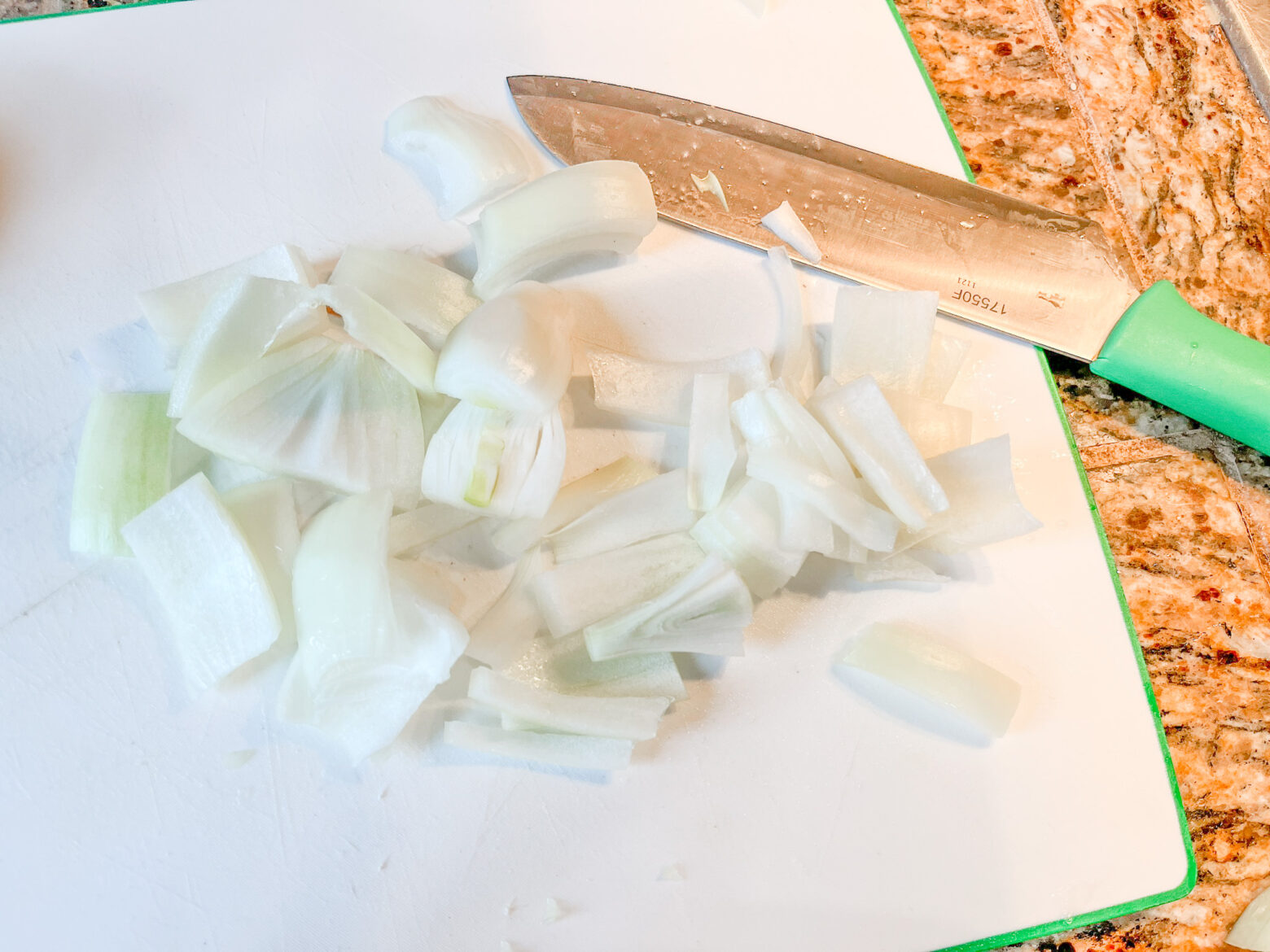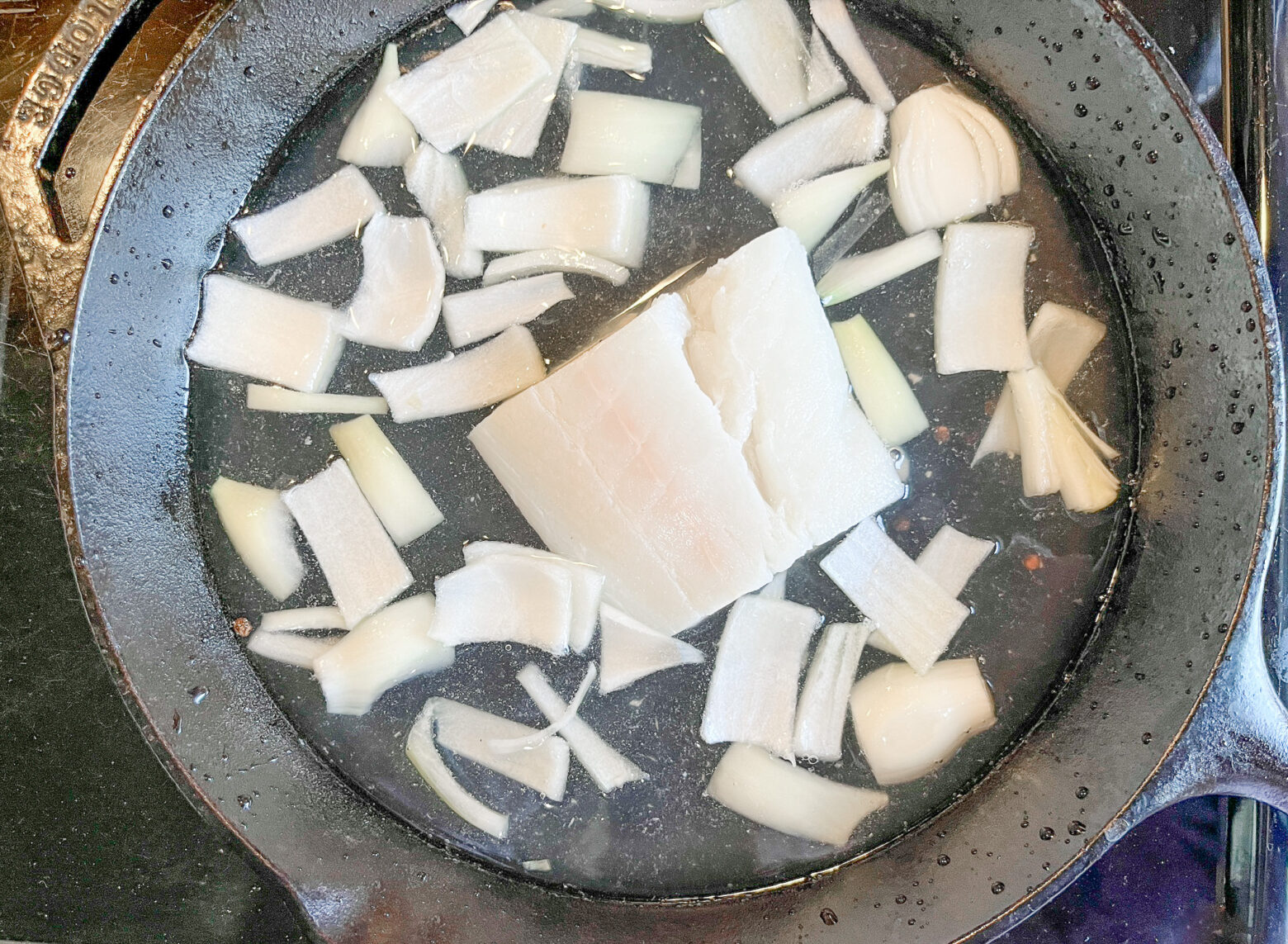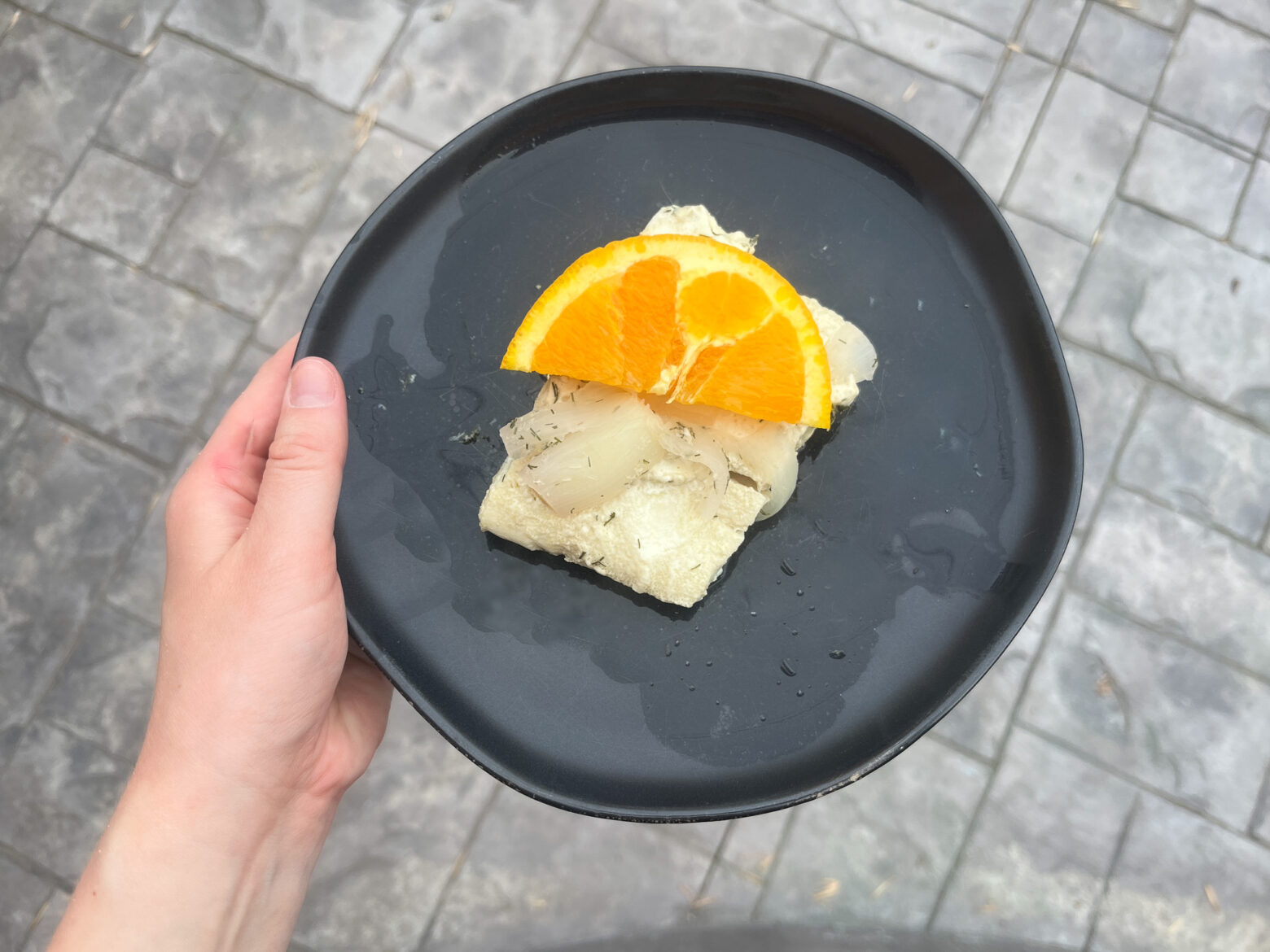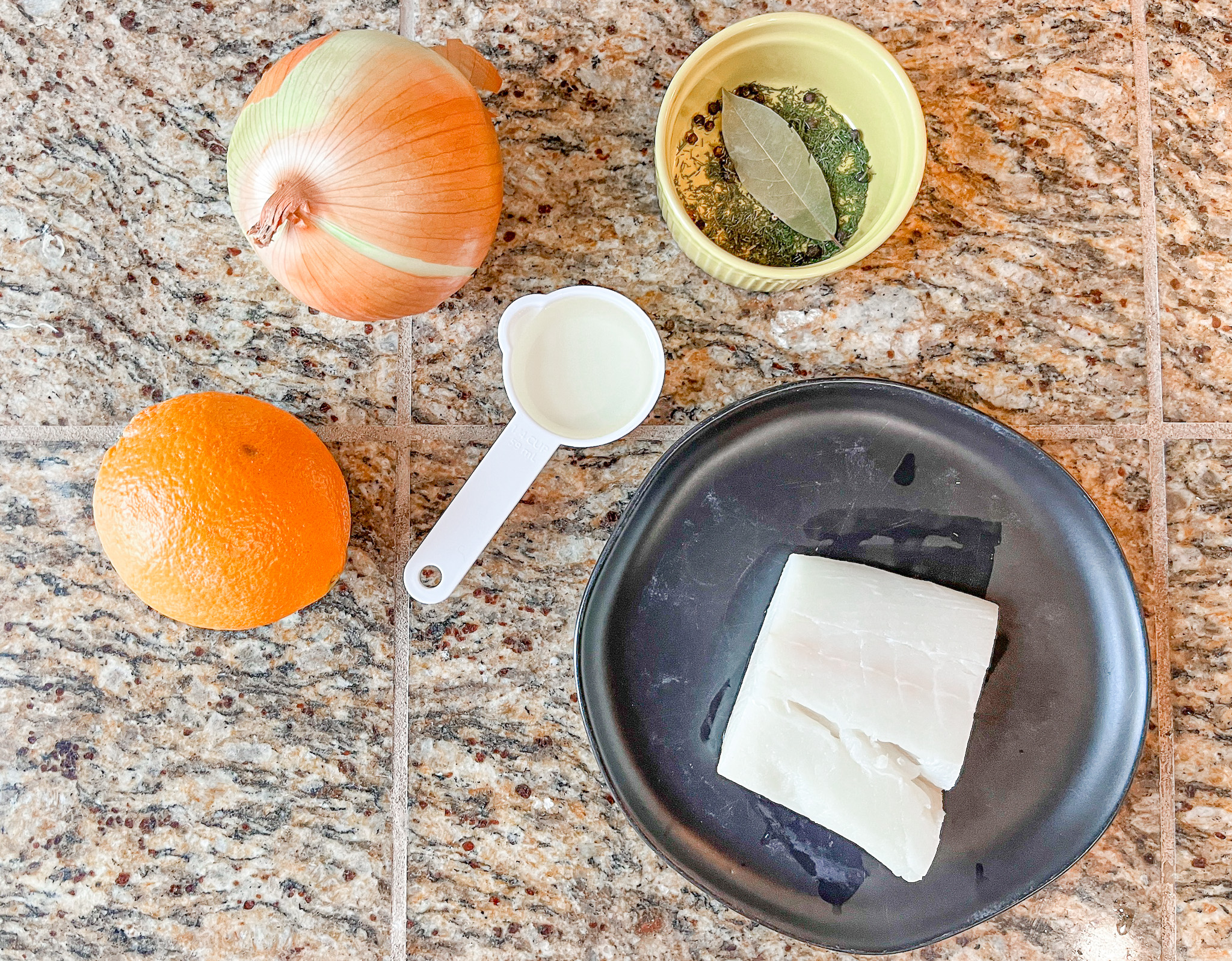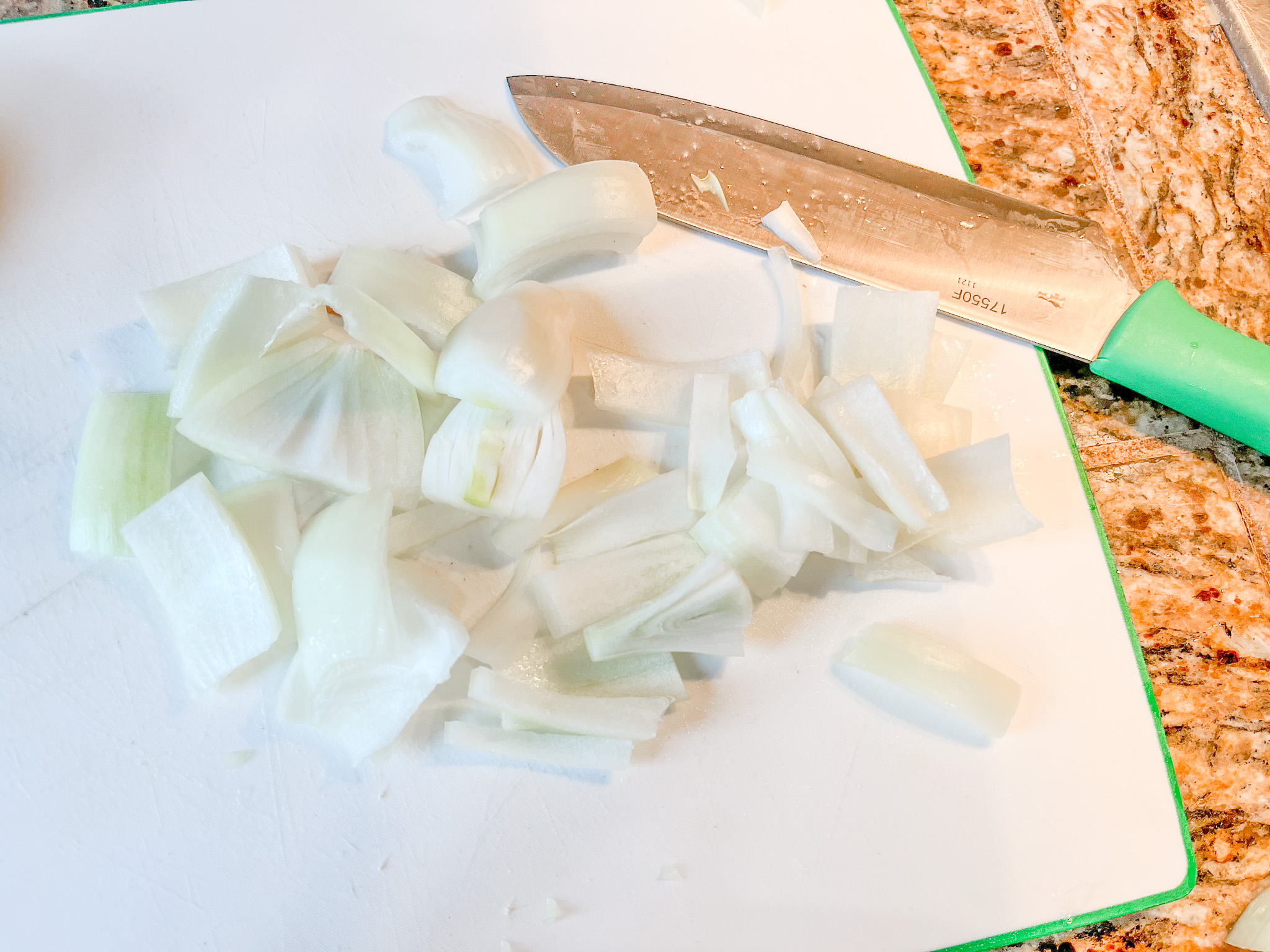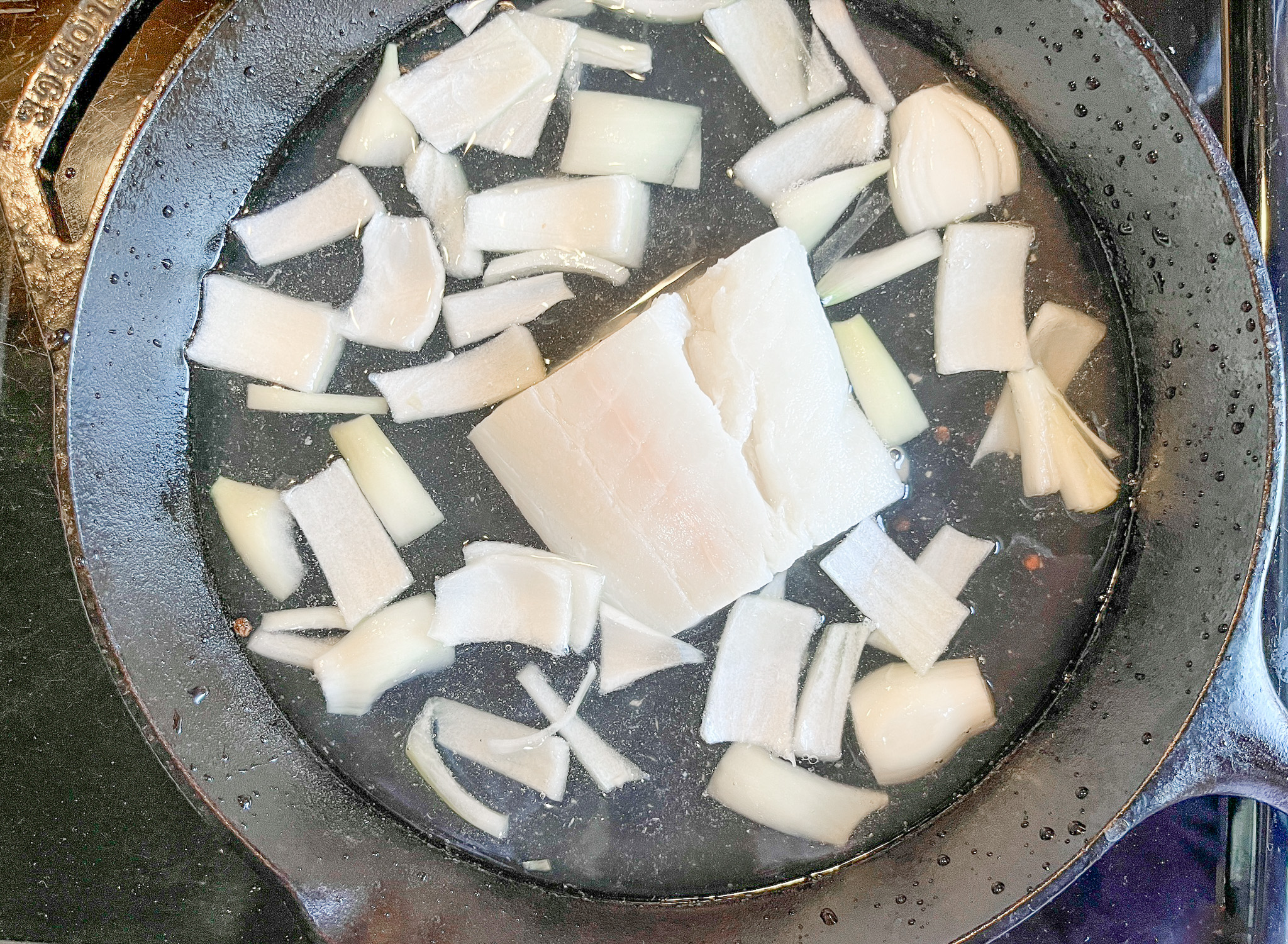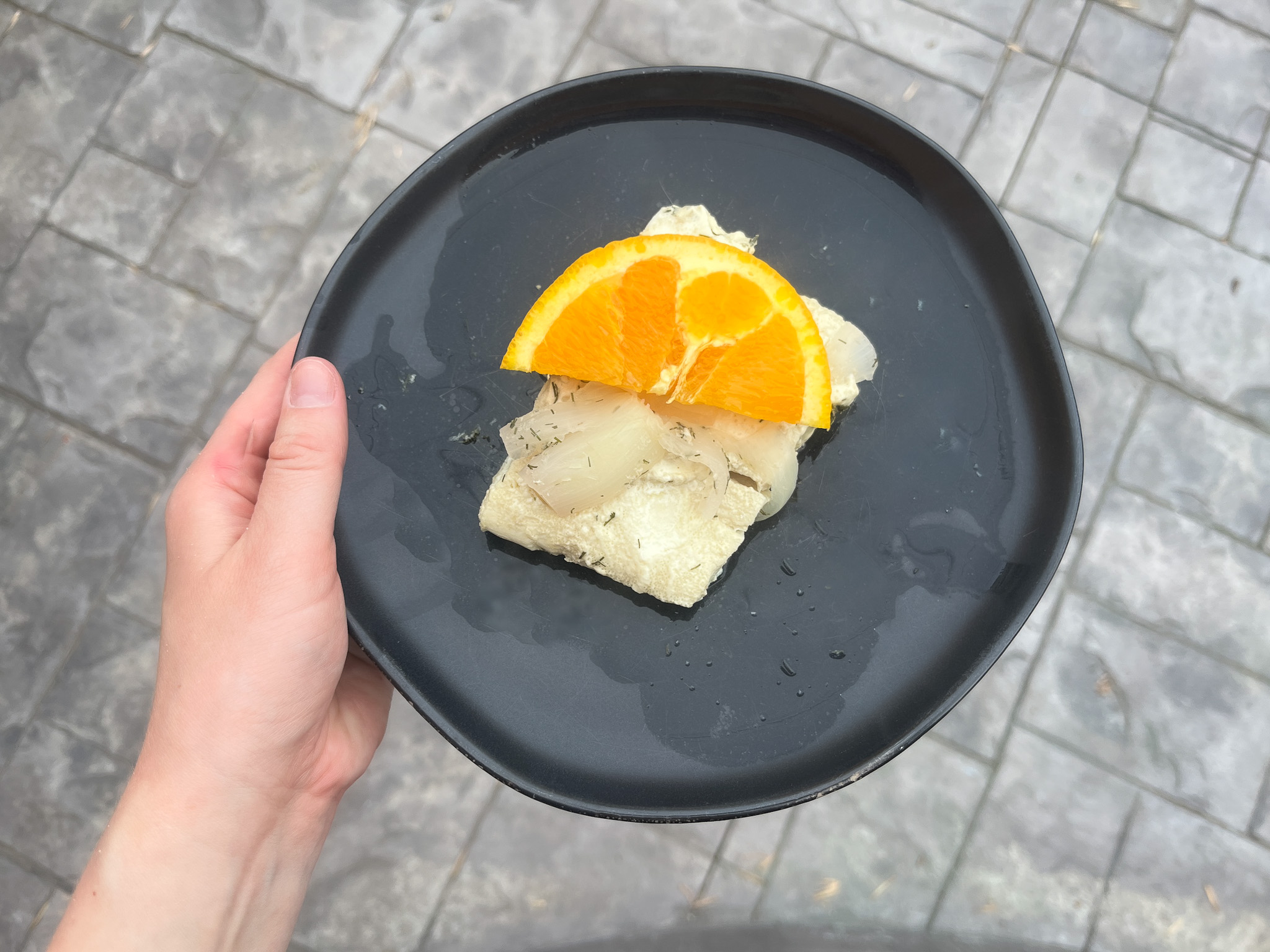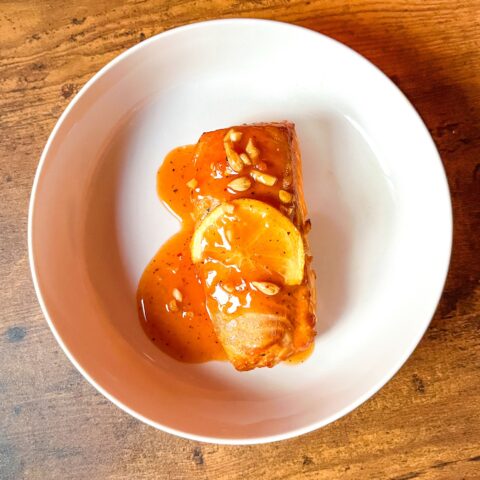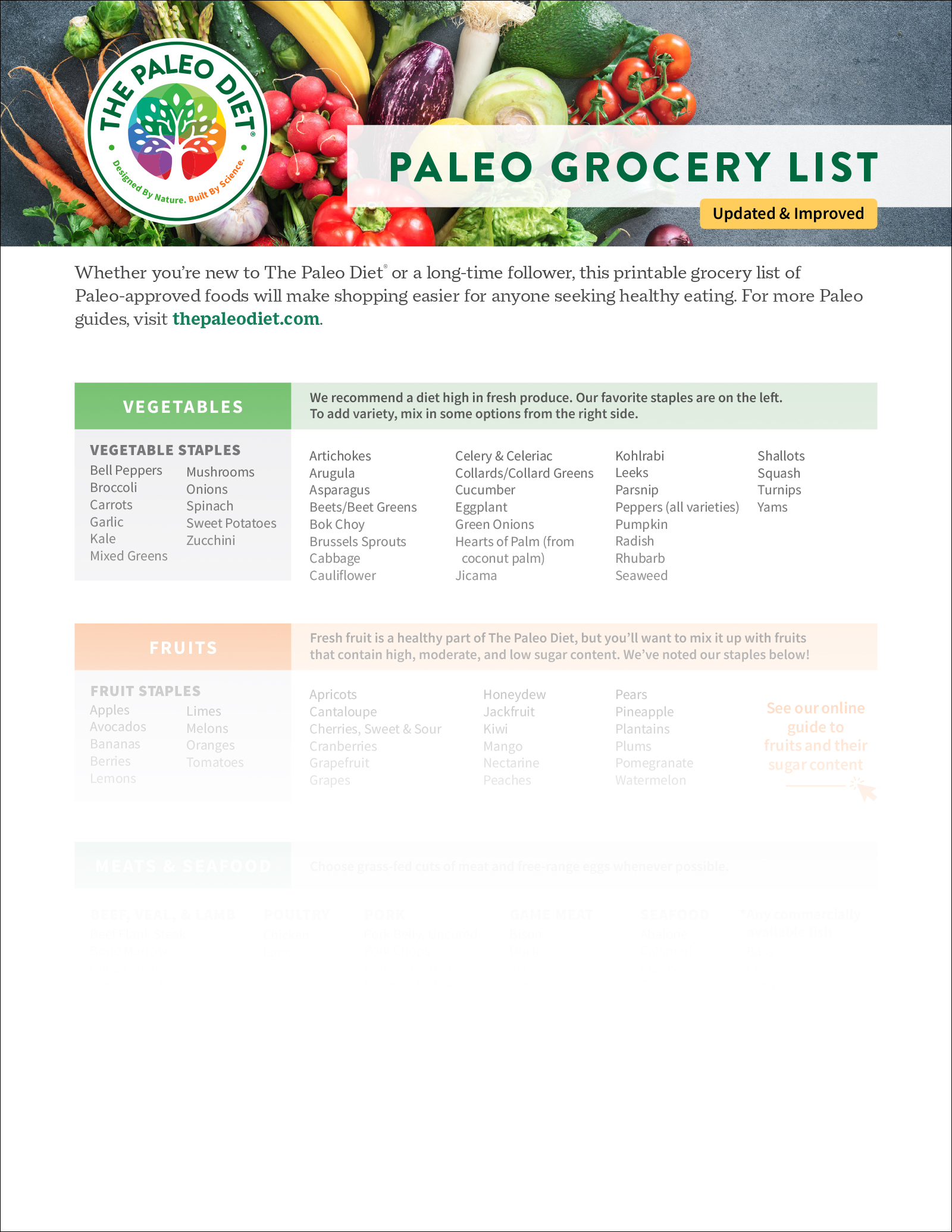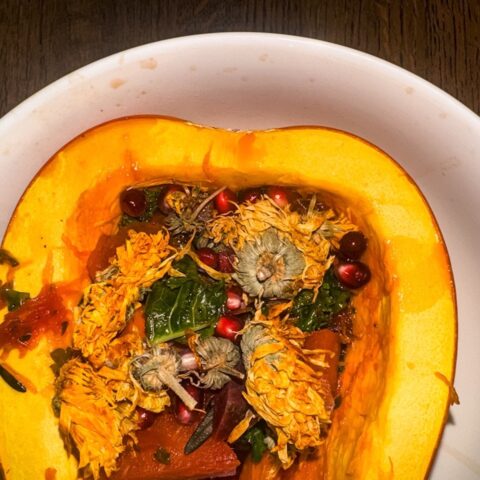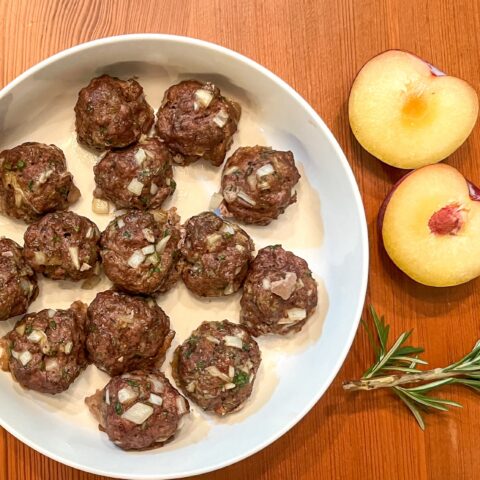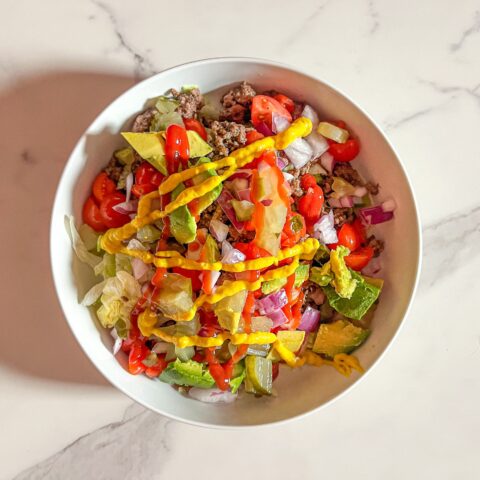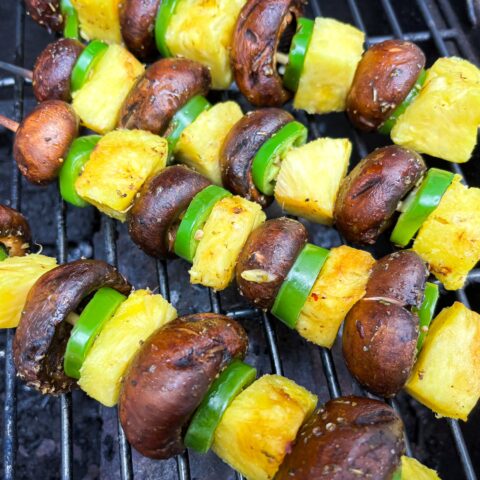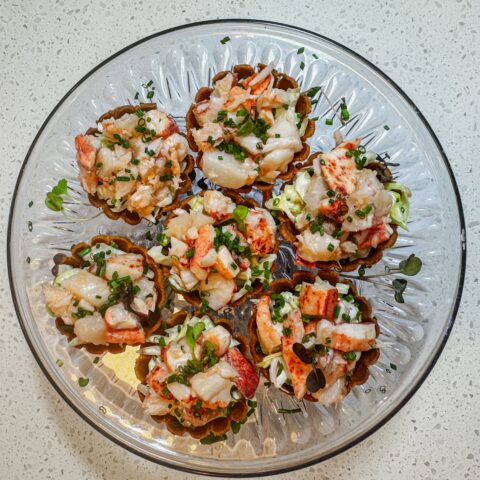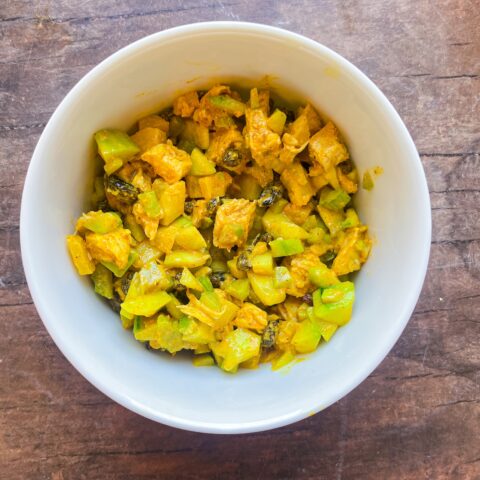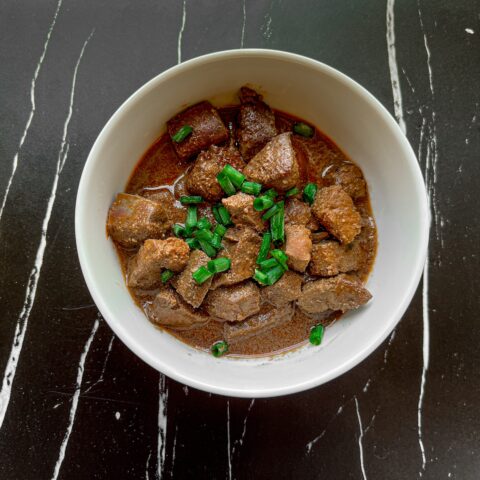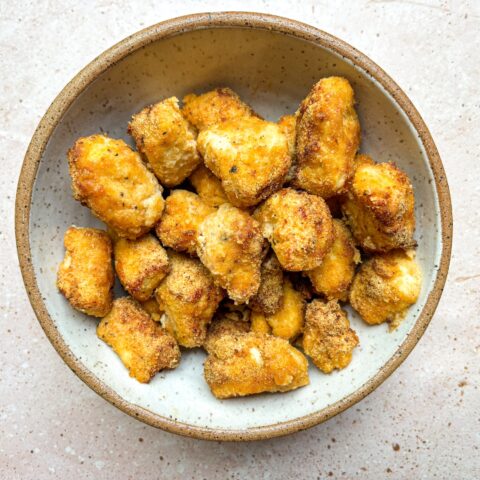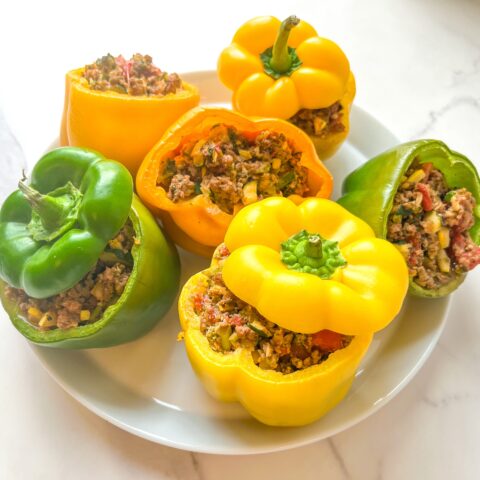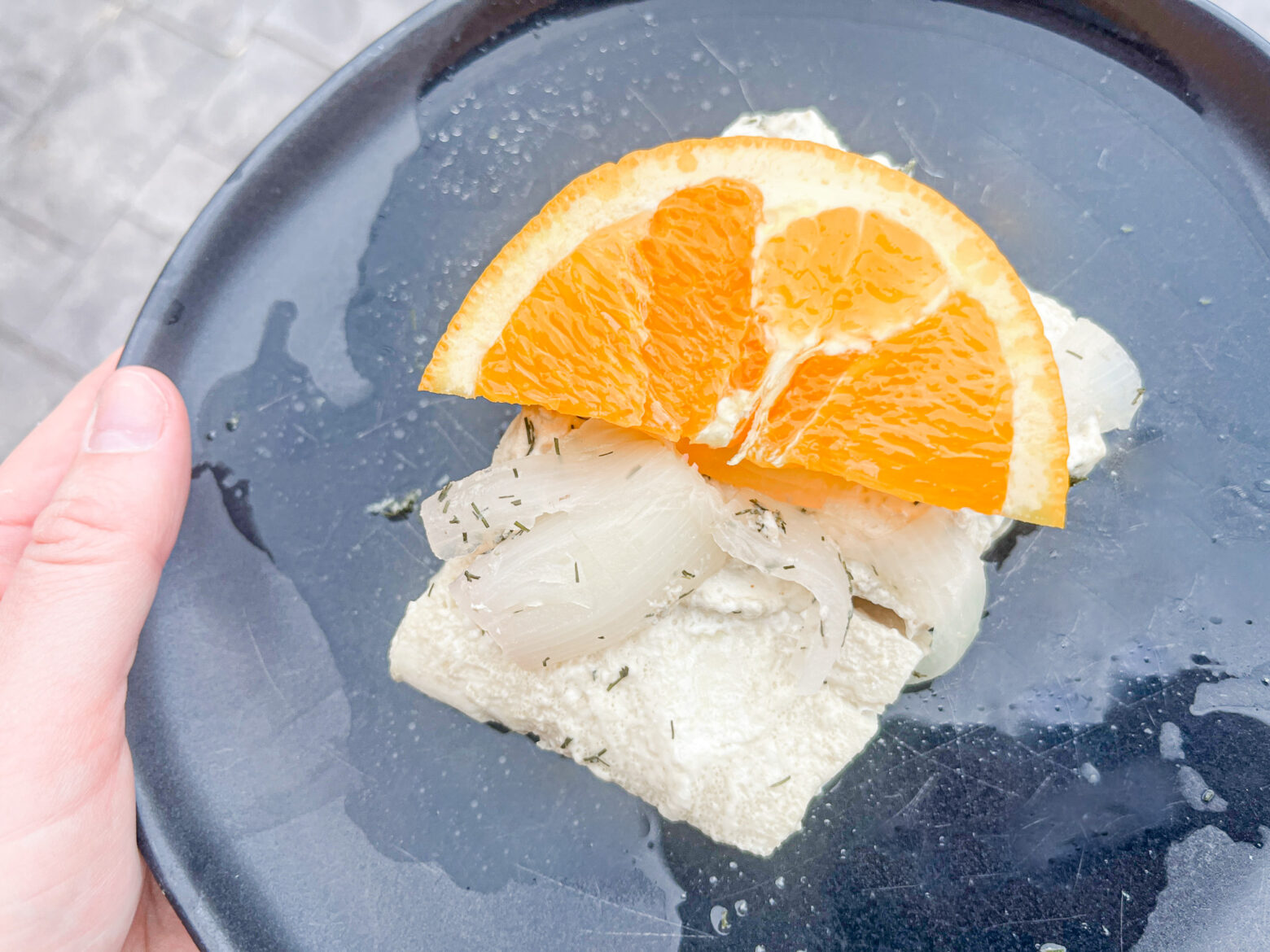

Athletes often don’t have a lot of time to prepare complex meals around work and training—which is where this Orange Poached Halibut comes in. All you need is to poach and serve with a squeeze of orange for a quick, flavorful, and nutritious protein to support your fitness goals.
Fish and seafood are some of the most healthful animal foods you can consume and represent a nutritional foundation for Paleo athletes because they are enriched sources of the therapeutic, long-chain omega-3 fatty acids known as EPA and DHA. These fatty acids can reduce the risk of heart disease1 when taken in the right amounts, and have also been found to increase muscle mass in elderly patients and those affected by chronic disease.2
Fish also represent some of the best high-protein foods to consume. Protein helps you lose weight more rapidly by raising your metabolism while concurrently curbing your appetite—while also supporting muscle growth and recovery.3 A 3-ounce serving of halibut contains almost 16 grams of protein alone.4 To help you reach your goals, we recommend Paleo athletes try to take in fish at least three times per week.
When selecting your halibut, look for fillets that are translucent and slightly firm, with a mild oceanic scent that’s not too strong of a fishy smell.5 Serve this dish with riced cauliflower or broccoli, baked sweet potato, or a simple salad to complete your meal.
TIP: Any whitefish will work well with this recipe, so you can choose whichever you prefer. Cod, pollock, haddock, tilapia—they’re all excellent sources of protein!
Dietary Restrictions: Autoimmune Protocol (AIP) omissions and substitutions are listed in the recipe ingredients.
Recipe adapted from The Paleo Diet for Athletes by Loren Cordain and Joe Friel.
Love our recipes? Make going Paleo even easier and download our 7-Day and 28-Day digital meal plans!
References:
- Khan, S. U., Lone, A. N., Khan, M. S., Virani, S. S., Blumenthal, R. S., Nasir, K., Miller, M., Michos, E. D., Ballantyne, C. M., Boden, W. E., & Bhatt, D. L. (2021). Effect of omega-3 fatty acids on cardiovascular outcomes: A systematic review and meta-analysis. EClinicalMedicine, 38(100997), 100997. https://www.thelancet.com/journals/eclinm/article/PIIS2589-5370(21)00277-7/fulltext
- Update on the Impact of Omega 3 Fatty Acids on Inflammation, Insulin Resistance and Sarcopenia: A Review. (2018). International Journal of Molecular Sciences, 19(1), 218. https://pmc.ncbi.nlm.nih.gov/articles/PMC5796167
- Wu, G. (2016). Dietary Protein Intake and Human Health. Food & Function, 7(3), 1251–1265. https://pubs.rsc.org/en/content/articlelanding/2016/fo/c5fo01530h
- (2019, April 1). Fish, halibut, Atlantic and Pacific, raw. FoodData Central; U.S. Department of Agriculture. https://fdc.nal.usda.gov/food-details/174200/nutrients
- Nikitenko, O. (2024). The Ultimate Guide to Buying Fresh Halibut: Tips from a Seafood Expert. Global Seafoods North America. https://globalseafoods.com/blogs/news/the-ultimate-guide-to-buying-fresh-halibut-tips-and-tricks-from-a-seafood-expert
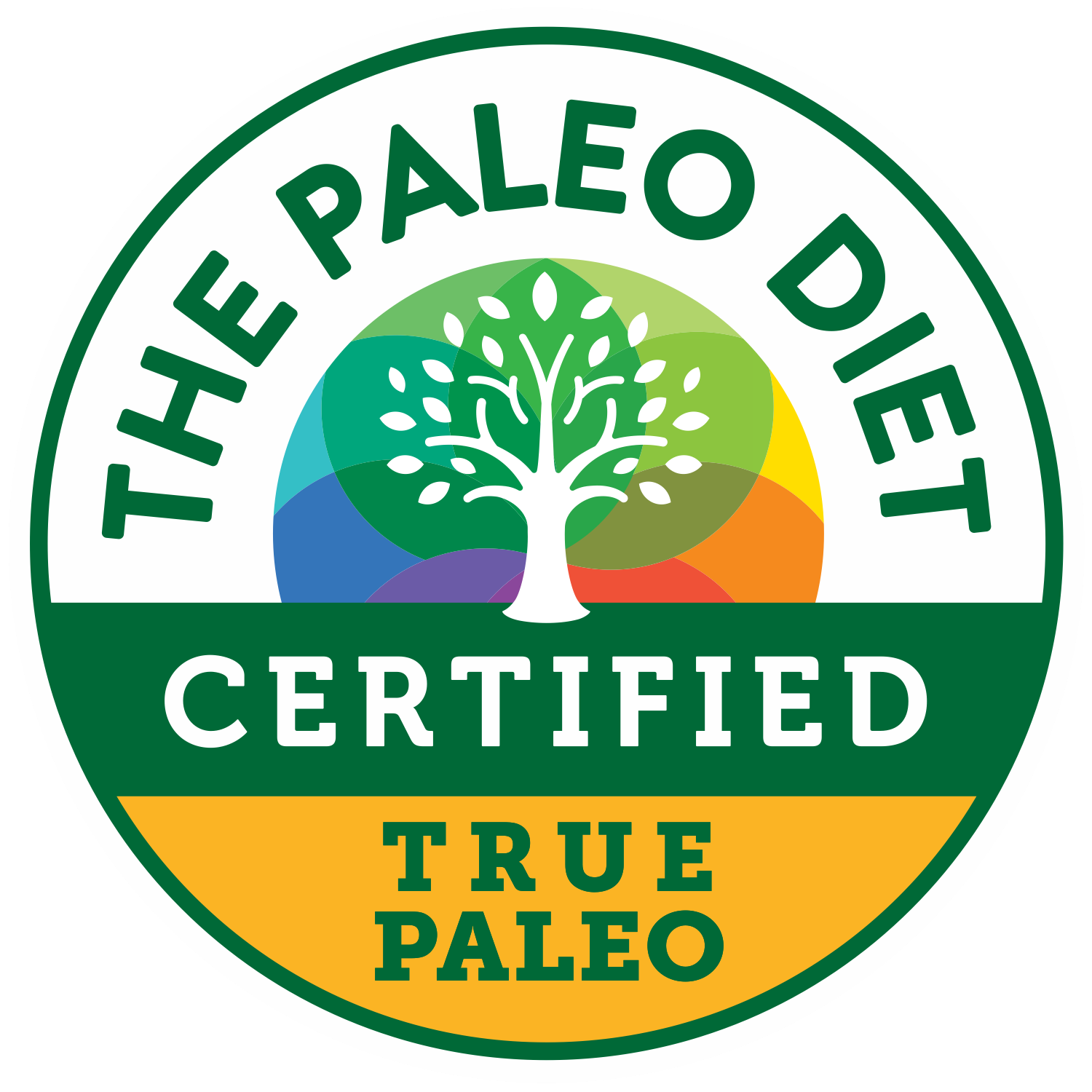
Orange Poached Halibut
- Recipe by: The Paleo Diet Team
- Serves: 4
- Meal: Dinner
- Serves: 4
- Prep Time: 5 minutes
- Cook Time: 10 minutes
- Total Time: 15 minutes
Ingredients
4 medium halibut fillets
1/4 cups dry white wine
6 black peppercorns
1 bay leaf
Water, for poaching
1 small onion, sliced
1 medium orange, quartered
Dried dill weed, to taste
Directions
Heat a large skillet over medium heat. Place fillets in the pan in a single layer. Add wine, peppercorns, bay leaf, and enough water to just cover the fish. Poach until tender, then remove fish from pan and drain on a paper towel-lined plate.
Squeeze one orange wedge over each fillet and sprinkle with dill before serving.
Related Recipe

